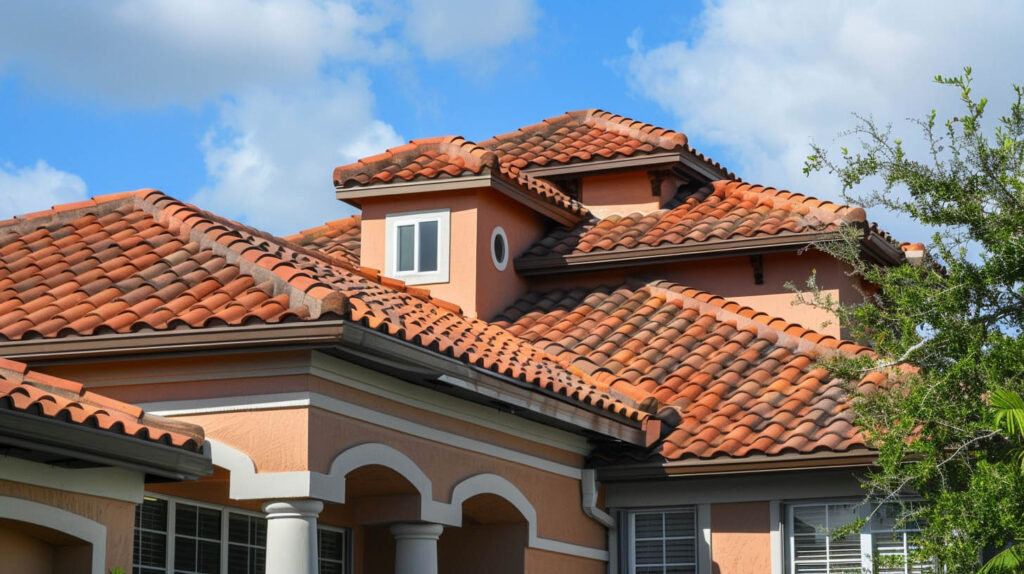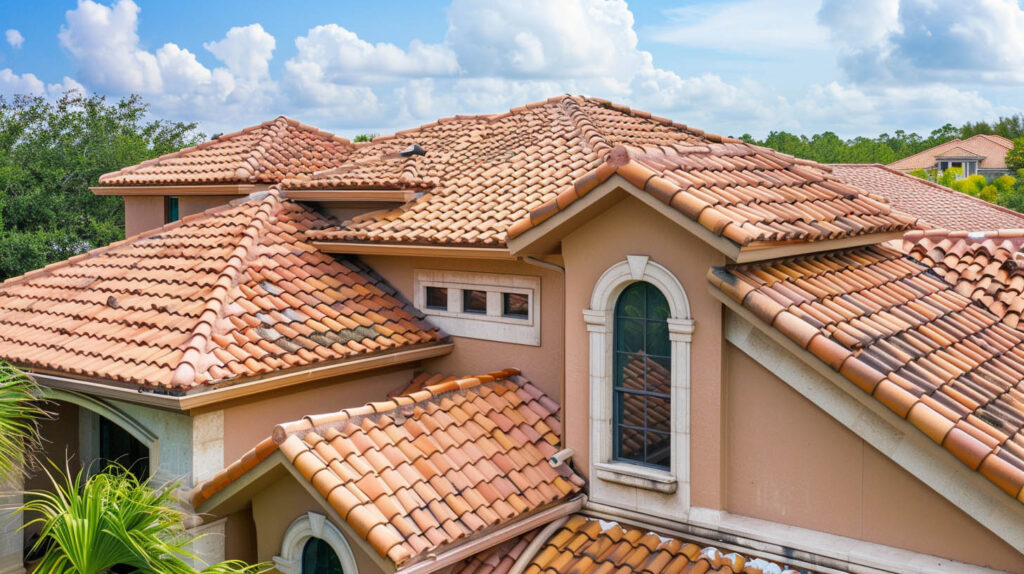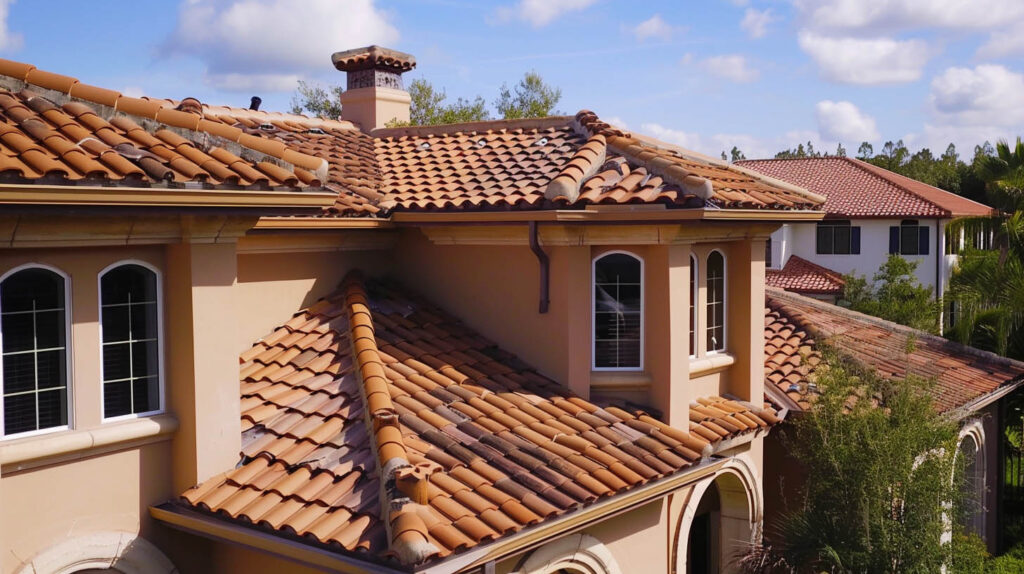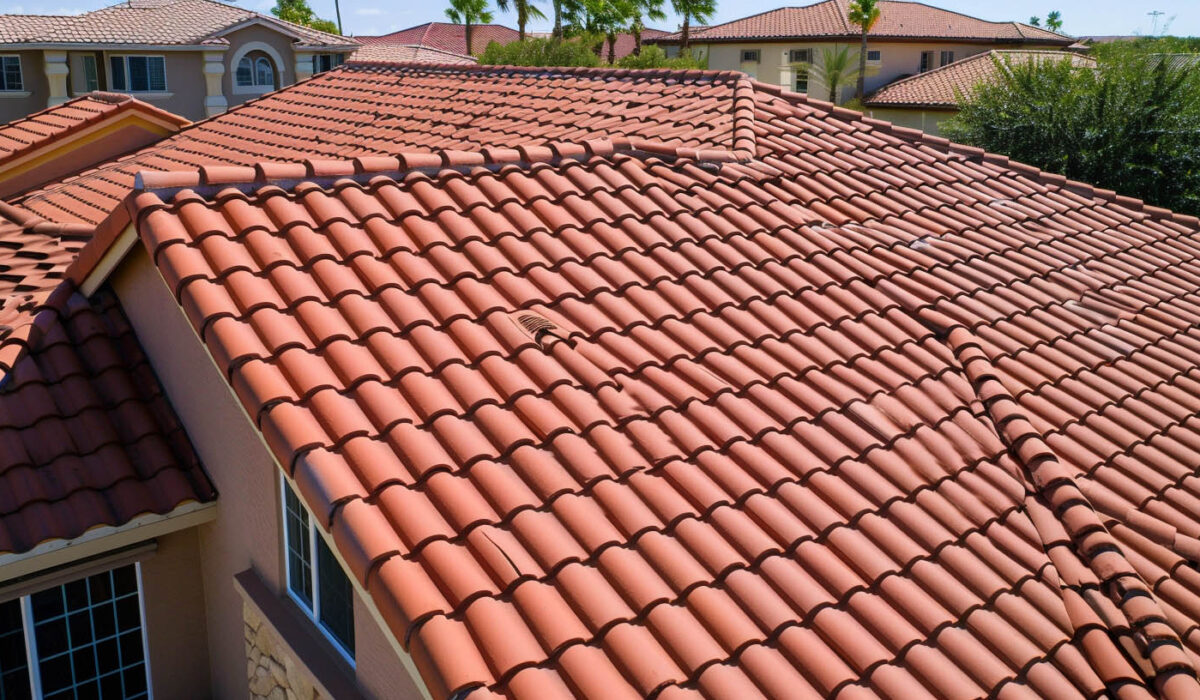When considering tile roof maintenance in San Diego, CA, proper ventilation is often overlooked but essential for longevity. Poor airflow can lead to heat and moisture buildup, accelerating wear and costly problems. At Tile Roofing San Diego, we understand that a well-designed ventilation system protects your investment, enhances comfort, and reduces energy costs. To extend your tile roof’s life, prioritize proper ventilation to minimize repairs and ensure durability for years to come.
Why Proper Ventilation Matters for Tile Roofs in San Diego
Proper ventilation is crucial for tile roofs in San Diego, CA due to the region’s unique climate challenges. Effective roof ventilation enhances the structural integrity of your roofing system by regulating moisture levels and preventing excessive heat buildup. Without good ventilation, the risk of moisture buildup rises, leading to potential mold growth and structural damage. Additionally, maintaining optimal air circulation ensures a comfortable living environment and contributes to energy efficiency, ultimately extending the lifespan of your roof while mitigating the need for costly repairs.
Contact UsThe Effects of Climate on Roof Longevity
San Diego’s climate presents unique challenges for tile roof longevity. With its blend of intense sun and seasonal humidity, proper roof ventilation becomes critical. Excessive heat buildup can strain roofing materials, compromising the structural integrity over time. Moreover, the frequent moisture fluctuations escalate the risk of mold growth, leading to costly repairs. Without effective ventilation, the interior temperature may rise, adversely affecting indoor air quality and energy consumption, ultimately shortening the life of your roof and diminishing the comfort of your living environment.

Common Ventilation-Related Problems
Effective ventilation systems can significantly impact the longevity of your tile roof. Common issues often stem from inadequate airflow, leading to excessive heat buildup and moisture levels that compromise the structural integrity of your roof. Poor roof ventilation might cause a cycle of damaging condensation, increasing the risk of mold growth and material deterioration. Recognizing the warning signs, such as dampness and warped roofing materials, allows homeowners to take preventive measures and avoid costly repairs associated with moisture damage and structural issues.
How Ventilation Extends the Life of a Tile Roof
Efficient roof ventilation significantly enhances the lifespan of your tile roof by facilitating optimal air circulation. This process mitigates excessive heat buildup, preventing premature degradation of roofing materials. Proper ventilation reduces moisture levels within the attic space, thereby diminishing the risks of mold growth and moisture damage. The introduction of cooler air through intake vents and the expulsion of warm air via exhaust vents promotes a healthy environment, ensuring structural integrity and reducing costly repairs while contributing to energy efficiency and overall comfort.
Preventing Moisture Buildup
Effective roof ventilation plays a crucial role in preventing moisture buildup and mold growth. By facilitating a steady flow of air, ventilation systems help regulate humidity levels within the attic space. This, in turn, minimizes the risk of water damage and the structural integrity of your roofing materials. With proper ventilation, warm, humid air is expelled, allowing cooler air to circulate and maintain optimal conditions. Consequently, homeowners can protect their investment and enhance the health of their home, reducing energy costs and the potential for costly repairs.

Reducing Heat Accumulation and Energy Costs
Properly functioning ventilation systems significantly minimize excessive heat buildup within the attic space, helping to maintain a comfortable living environment. By facilitating optimal airflow with exhaust vents and intake vents, a roof ventilation system prevents warm air from stagnating and reduces the risk of energy costs escalating from overworked air conditioners.
The integration of turbine vents or ridge vents further enhances the efficacy of air circulation, promoting a cooler roof deck. This proactive approach not only sustains the lifespan of your roof but also mitigates costly repairs associated with poor ventilation.
Best Practices for Installing and Maintaining Ventilation
To make sure your tile roof works well, you need to use the best steps when you set up and take care of your ventilation system. Check your roof often, clear away any debris right away, and use good vents. These steps are at the heart of good roof maintenance. With the right system, you can stop problems before they start. It also adjusts well to your home’s look and works for your local climate.
With a plan made just for you, you can get the right mix of airflow and safety under your tile roof. Next, let’s talk about what systems work best and what common mistakes to stay away from when you install them.
Recommended Systems and Products for Tile Roof Ventilation
Selecting the right systems and products is essential for effective roof ventilation. Consider installing turbine vents or ridge vents, both of which promote optimal airflow and help manage excessive heat buildup. Combine these with soffit and gable vents for a comprehensive approach that addresses the specific needs of your home’s roofing system. Investing in high-quality exhaust vents ensures proper air circulation, which is vital for preventing moisture buildup and maintaining the structural integrity of your roof while enhancing indoor air quality.

Installation Mistakes to Avoid for Lasting Results
Even the best ventilation system can stop working right if there are common mistakes during installation. It is key to put vents in the right place. It is also important to get the sizes right. Make sure upkeep happens often, too.
- Blocking intake vents: If insulation or debris blocks soffit vents, the airflow gets stopped. This is not good for the home.
- Incorrect vent placement: If the vents are not spread out enough, or if there are too few, the air will not move well. This causes bad air circulation.
- Oversized or undersized vents: If intake vents or exhaust are not synced in size, the airflow will be unbalanced. Poor ventilation happens, which is not what you want.
- Ignoring attic space layout: If no one looks at how big the attic space is or the slope of the roof, ventilation will not work well. These things matter when installing a system.
If you avoid these problems during installation, the airflow under the tiles will work smoothly. This helps you keep your roof in good shape. It protects your money over time. Get a professional to inspect and do maintenance now and then. If something is going wrong, they will spot it. They help you keep your roof safe for years.
Call Us 619-350-1086Contact Us
Proper ventilation is essential for maintaining the longevity of your tile roof, especially in San Diego, CA. Good airflow reduces moisture buildup and heat, preventing mold growth and lowering energy costs. With proper installation and care, your tile roofing will perform better and last longer. At Tile Roofing San Diego, we are an Owens Corning Preferred Contractor and a GAF Master Elite Contractor, offering top-quality services with strong warranties. Protect your investment—request a quote today to ensure your tile roof lasts for years to come.
Frequently Asked Questions
Is ventilation different for tile roofs compared to other materials?
Yes, ventilation for tile roofs differs from other materials due to their unique structure and insulation needs. Tile roofs require specific ventilation strategies to manage heat and moisture effectively, ensuring longevity and performance that may not be necessary for asphalt or metal roofing systems.
What is the proper ventilation for a roof?
Proper roof ventilation involves a balanced system of intake and exhaust vents, allowing fresh air to circulate while expelling hot, moist air. This process helps regulate temperature and moisture levels, ultimately enhancing the lifespan and performance of your tile roof.
Read our blog: Seasonal Tile Roof Care Checklist for Southern California Homeowners

